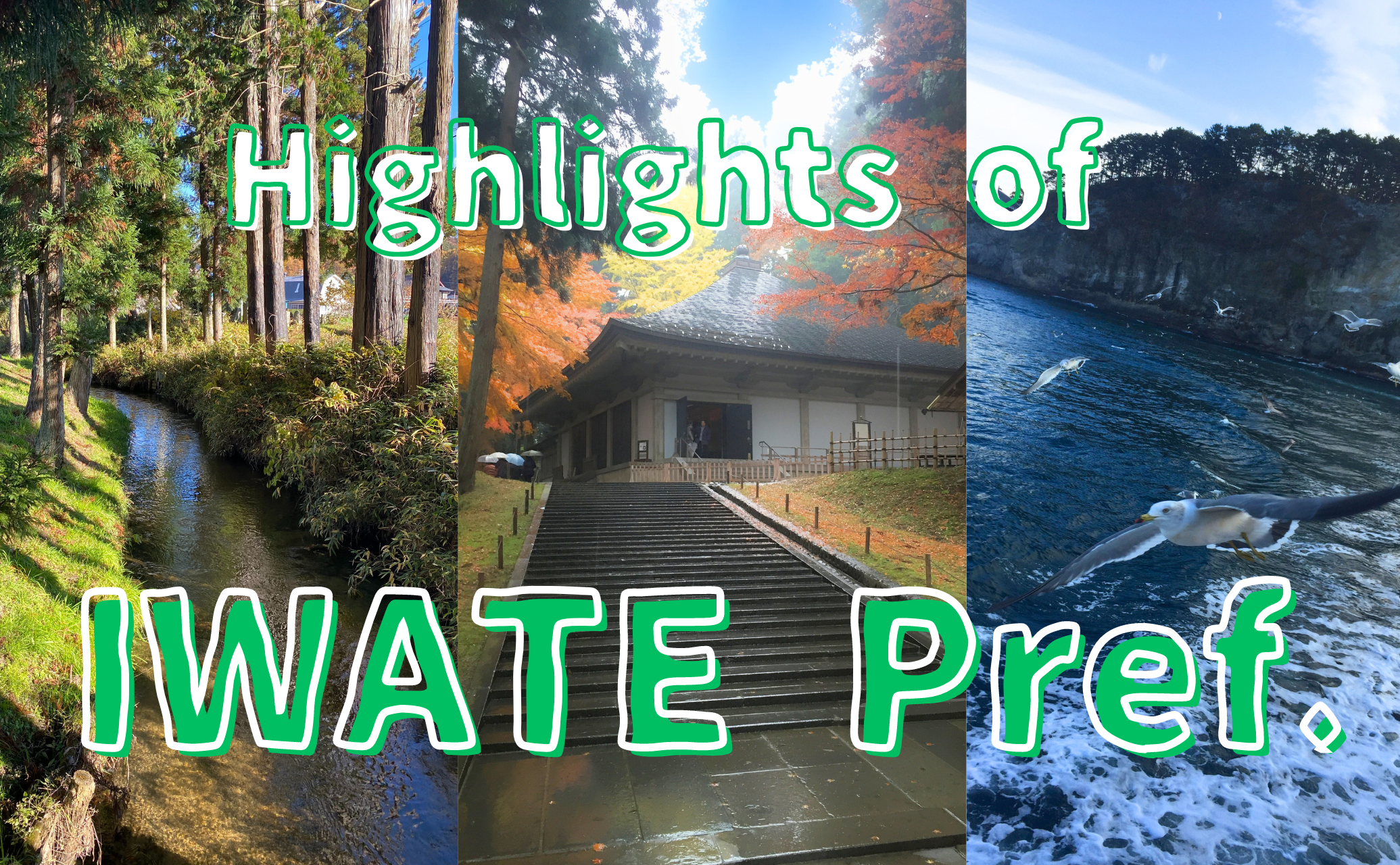Iwate Prefecture has the second largest land area in Japan. Despite its large area, the inhabitable area is small. Morioka City, located inland, is the prefectural capital. The population is divided into two parts: the inland area, where the Tohoku Shinkansen bullet train runs, and the Pacific coast.
The following is a list of representative cities and regions.
Morioka
Morioka is the largest city in the prefecture. It takes about two hours from Tokyo Station by the Tohoku Shinkansen bullet train. The Kitakami River flows through the city, and on a clear day, Mount Iwate can be seen nearby. There are no outstanding tourist spots, but you will surely find some fascinating places just by walking around the city. It may be an old building, a renovated café, or a park where citizens can relax. That is how to enjoy Morioka.
Sanriku
This is the very area that was hit by the 2011 tsunami. 10 years have passed, and although some parts of the area remain as earthquake remnants, a new townscape is being built. There are many scenic spots created by the rias coastline. The Sanriku Railway runs between the north and south sides of the coastline, and it is fun to take a ride on the train while looking out at the sea. Don’t forget to taste the fresh seafood.
Jodogahama Beach
A scenic spot representing Miyako City in Sanriku. It was so named because it is said to resemble the Pure Land of Paradise(Jodo in Japanese). In contrast to the white, sharp rocks, the waves are calm and the sea water is clear and blue.
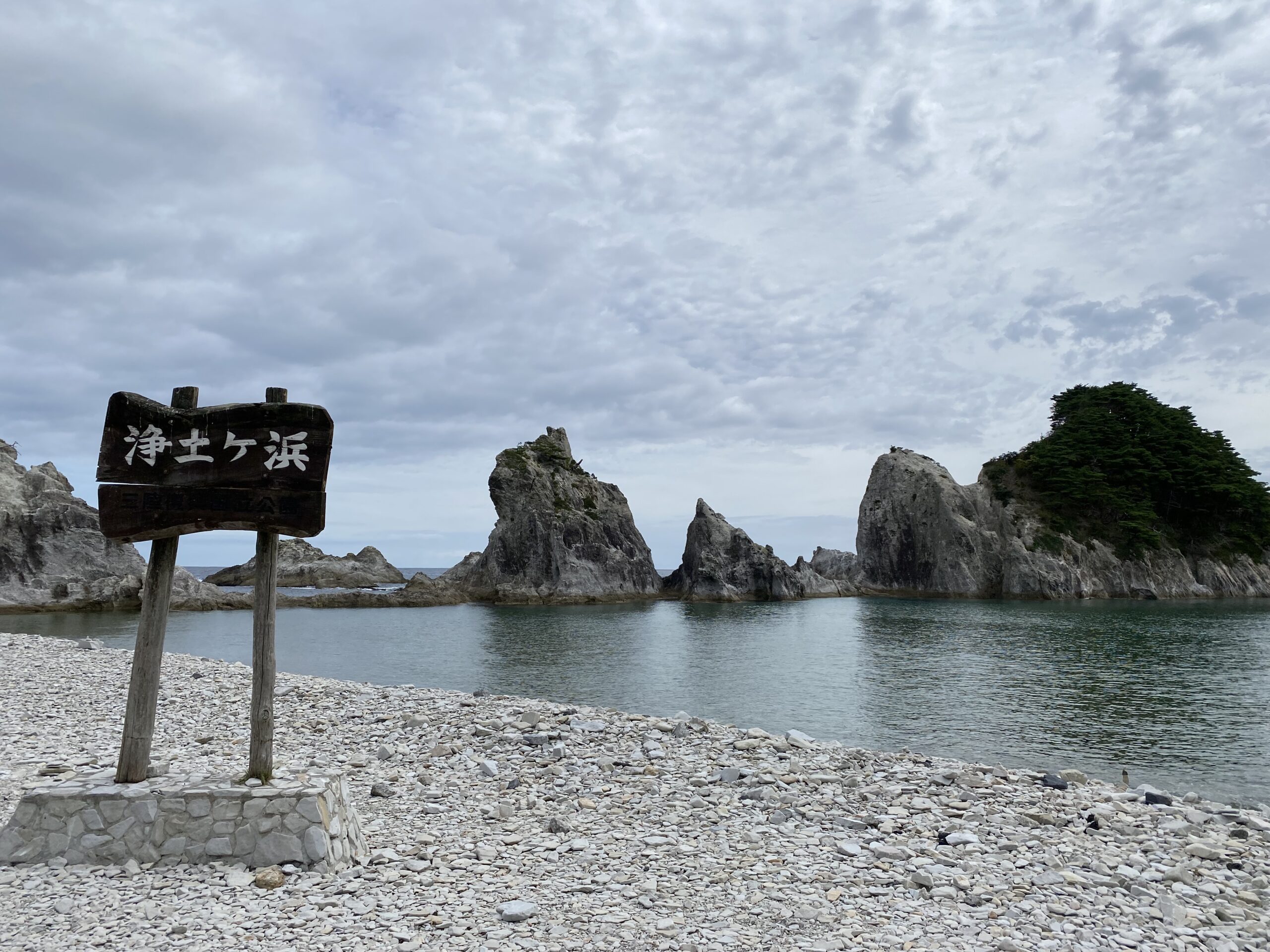
Hanamaki / Tono
Less than an hour away from Morioka by train is the town of Hanamaki. Famous for its hot springs, there are many hot springs in the area. All of them have excellent spring water quality, and there are many historic ryokan (Japanese-style inns). It is the hometown of Kenji Miyazawa, a well-known children’s literature and poet, and one can feel the background of his works.
Tono is a mountain town located about an hour by train from Hanamaki on the Pacific Ocean side. It is said to be the home of folk tales. Visitors can feel that ancient Japanese folk tales of kappa (water imps) and zashiki-warashi(children who sit on a throne) are still alive and well in Tono. There are several museums and other facilities related to these folk tales.
Hanamaki 12 Hot Springs
Hanamaki has 12 hot springs located along rivers in the mountains. Each of them is unique, and there are not only historic onsen ryokan but also therapeutic bathhouses and hotels with modern facilities. Choose the hot spring that best suits your purpose and preferences.
Tono Denshoen Park
The lifestyle of the farmers who lived in this area is reproduced here. Visitors can experience traditional events, folk tales, and the making of folk crafts. Nearby is “Kappa-Buchi”, where it is said that kappa can be caught. Why don’t you encounter the mysterious folklore?
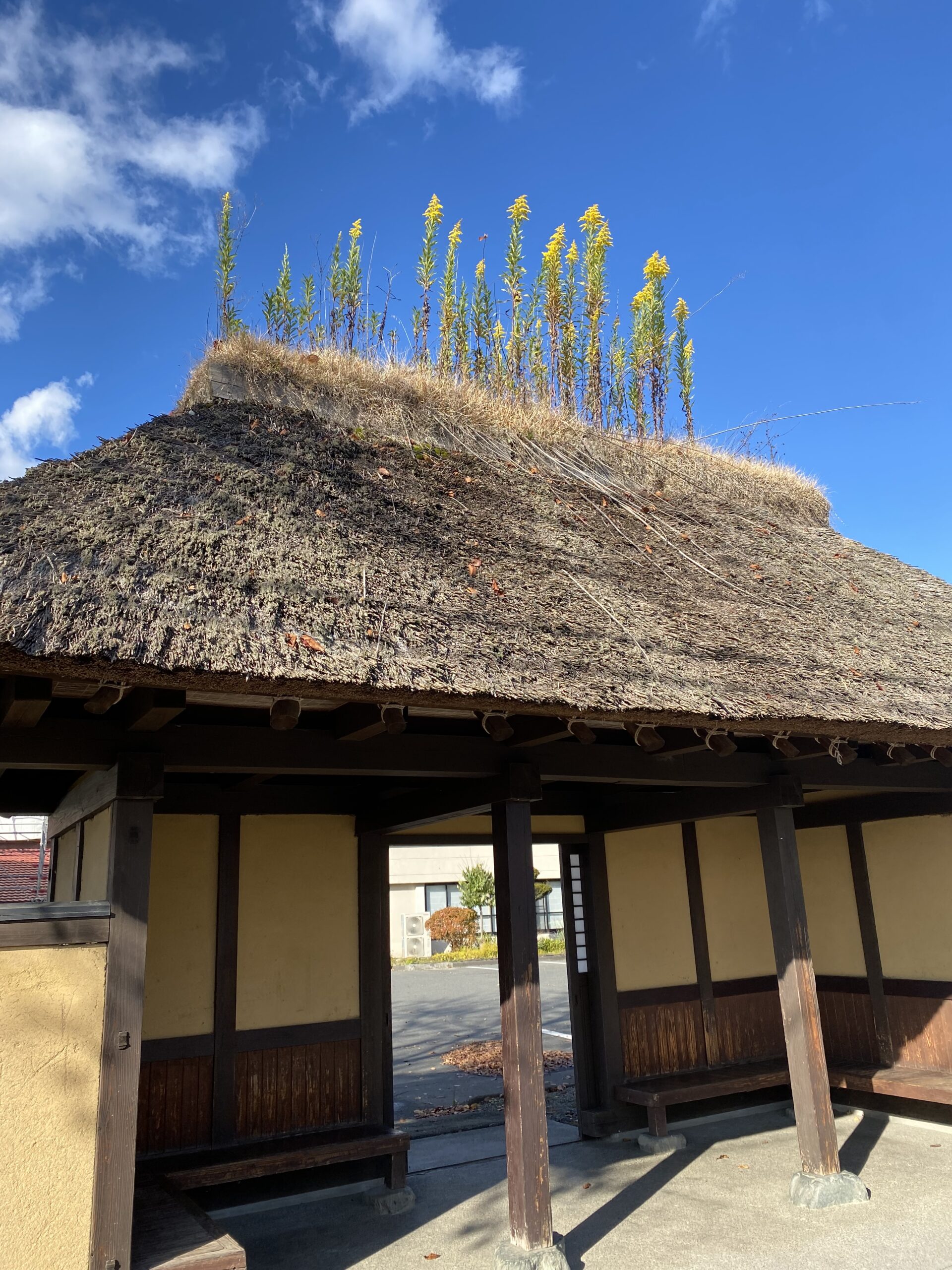
Hiraizumi
Hiraizumi gained recognition when it was registered as a World Heritage site. Around the 12th century, in the late Heian period, there is a group of ruins representing the prosperity of the Oshu Fujiwara clan. The gardens and temples built based on the Pure Land philosophy are still as good as they were more than 1,000 years ago. A full day is required to visit several of the major sites, but Chuson-ji alone, with its Konjikido (Golden Hall), can be seen in two to three hours.
Chuson-ji Temple
Chuson-ji was built around the 12th century by the Oshu Fujiwara clan, which flourished in this area. It is home to some of the most representative Buddhist art in eastern Japan. Inside the most famous Konjikido, the mummies of three generations of Fujiwara lords lie in state.
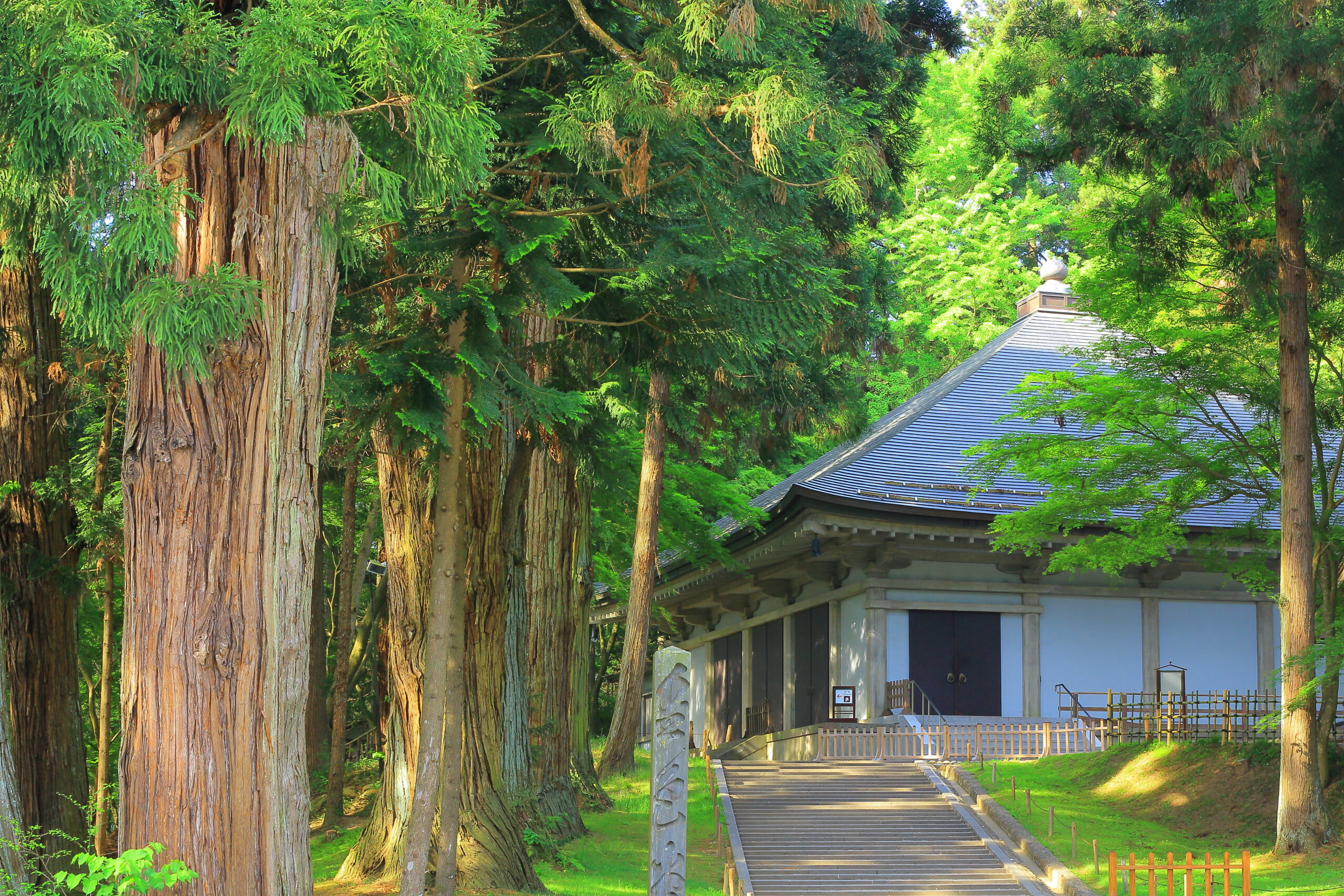
Mt. Hachimantai / Appi
Mt. Hachimantai, which also straddles neighboring Akita Prefecture, is recommended for hiking to enjoy its rich natural environment. There are mountain climbing routes that even beginners can easily take. The driveway, which is closed during the winter, opens around April, and visitors can enjoy a snowy corridor.
In Appi, there are some of the largest slopes in Japan. If you are a skier or a snowboarder, this is the place to be. You will be greeted by the finest powder snow.
Hachimantai Dragon Eye
When the snow melts in Kagami-numa near the top of Hachimantai, it melts from around the round swamp. This spectacular sight can only be seen during a very limited period from late May to early June.
Recommended Souvenirs
Nanbu Senbei
Nanbu” refers to the “Nanbu domain,” a division in the Edo period that spanned present-day Iwate and Aomori prefectures. It is a baked snack based on flour, salt, and water, mixed with peanuts and sesame seeds, and sold in this region. Nowadays, there are many varieties and they are eaten like a snack. Iwateya in Ninohe and Sasaki Seika in Ichinoseki are famous for their Nanbu Senbei.
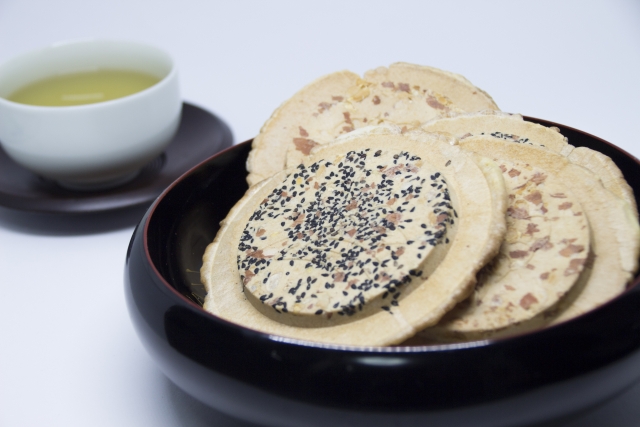
Kamome no Tamago
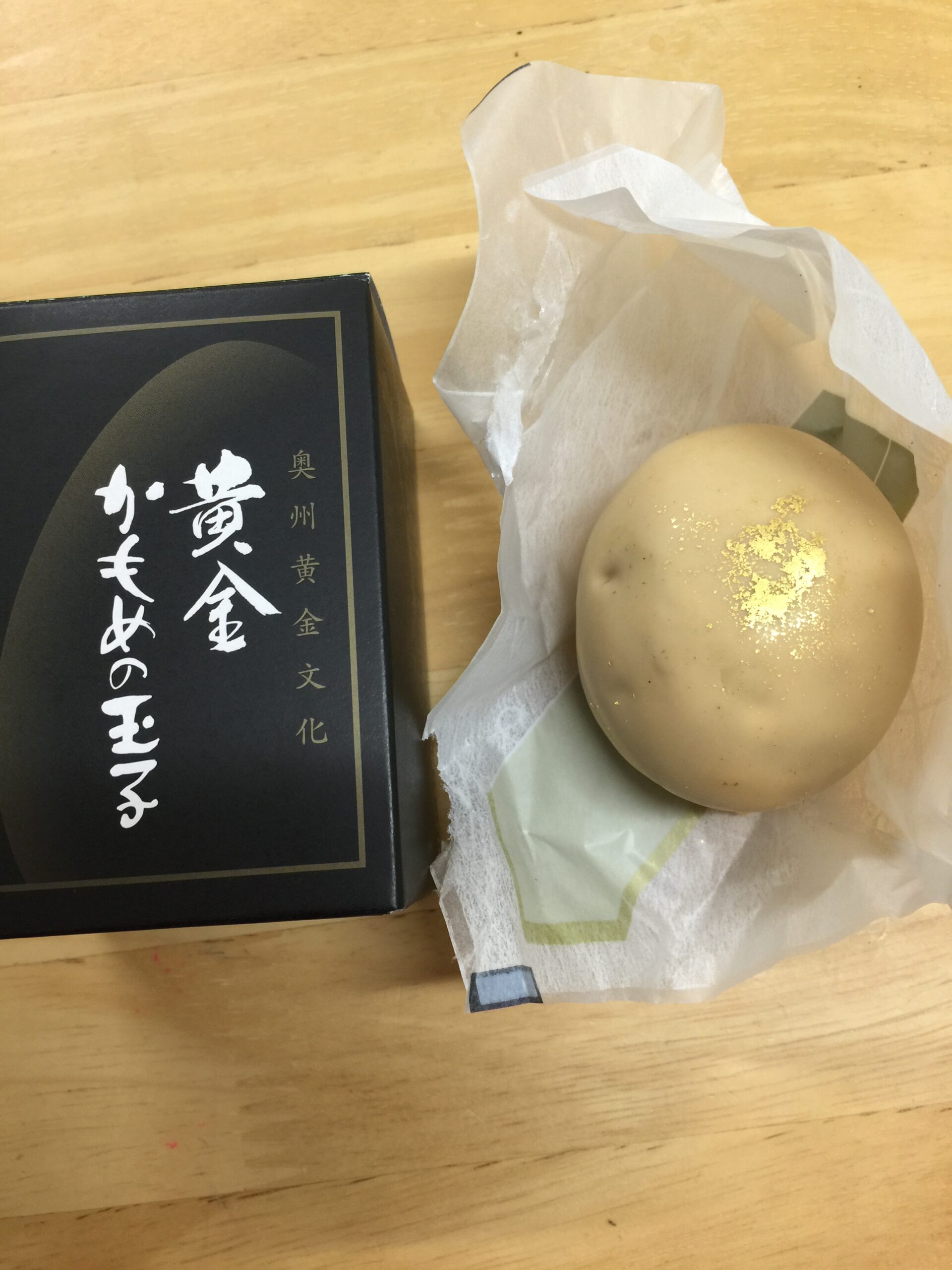
A confectionary born in Ofunato, Sanriku. It is now a representative souvenir of Iwate Prefecture and can be purchased at most souvenir stores in the prefecture. It has a cute egg-shaped appearance. The sponge cake is covered with white chocolate and filled with yolk bean paste. Check out the seasonal limited edition flavors available!
Hachimantai no Juhyo
Juhyo is a tree covered with ice and snow.A confectionary with a beautiful name born in Morioka. It was created in the image of the nature of Hachimantai. Marshmallow is sandwiched between soft dough cookies and covered with chocolate. It is not so well known, but it is a souvenir that everyone will like.
Nambu Ironware
Nambu ironware developed due to the abundance of high-quality raw materials, as well as political advantages of the time, including the fostering and protection of techniques, a tradition that has continued since around the 17th century. Nambu ironware not only retains heat well and can be used for a long time, but also has an excellent design. Although tetsubin (iron kettles) and kyusu (teapots) are the mainstream, in recent years many products have been made to suit modern lifestyles. The main production centers are Morioka City and Oshu City. There are specialty stores in both cities, but in Morioka, there is a specialty store in the train station.
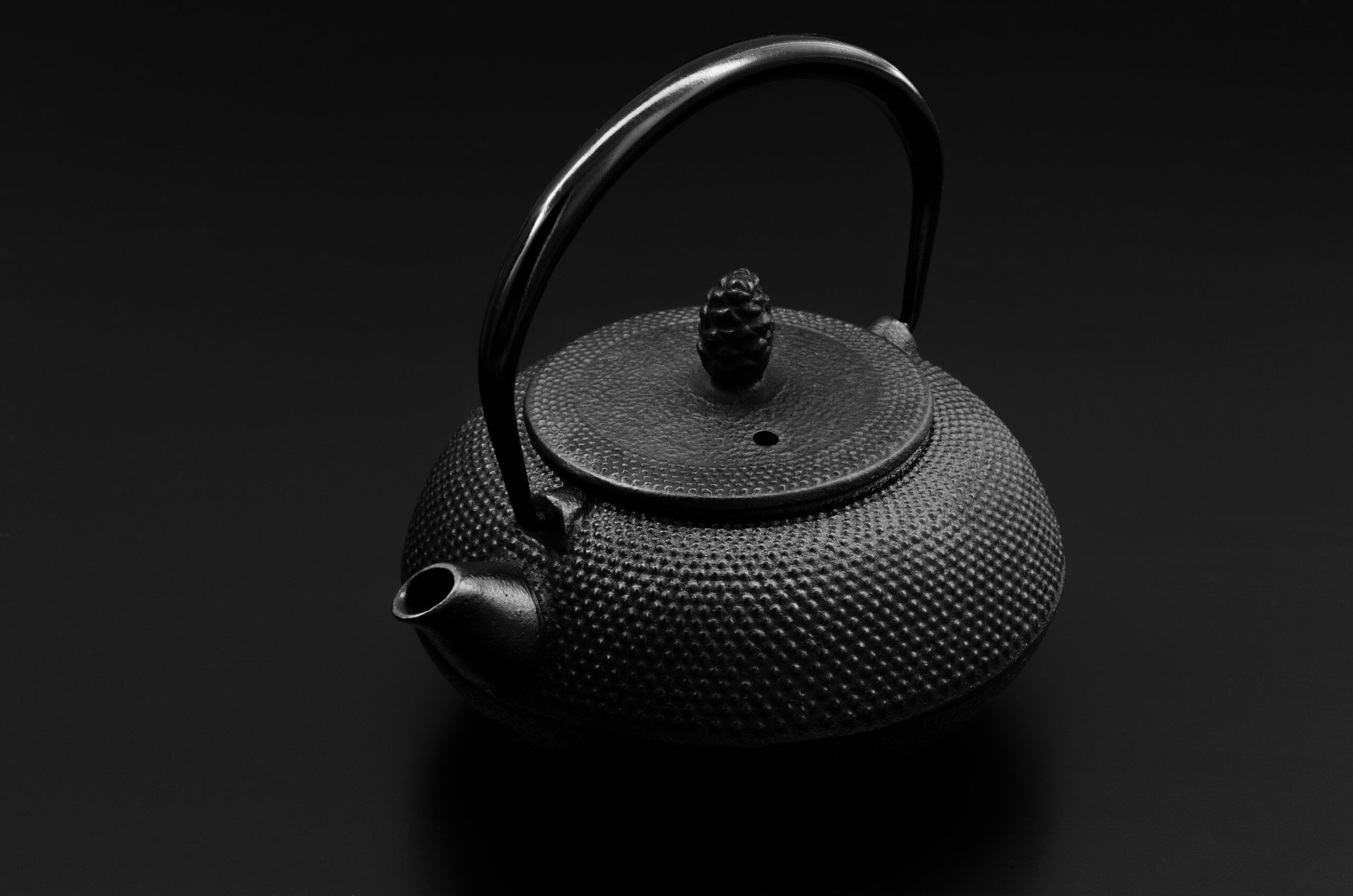
My favorite♥
Although my hometown is Tokyo, I feel a special nostalgia for Hanamaki. The reason for this is familiar. I think it is because of the well-known children’s literature writer and poet “Kenji Miyazawa”.
I was able to recite his poem “Strong in the rain” before entering elementary school, and I remember it even now as an adult. I also read his works in elementary school textbooks.
The image of his work has remained with me, and strangely enough, it has never faded away. He was born and raised in Hanamaki City, Iwate Prefecture. The landscape has probably changed since his time due to modernization. Nevertheless, looking through his poems and literature, this place seems to me like the ideal land of “Ihatov” as he called it.
Recommended his works
The Night on the Milky Way Train
The restaurant of Many Orders

